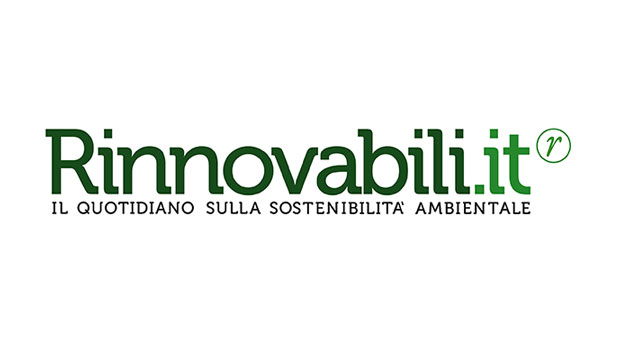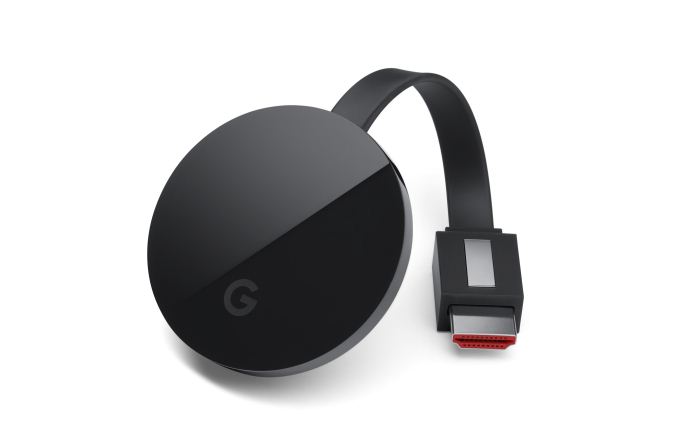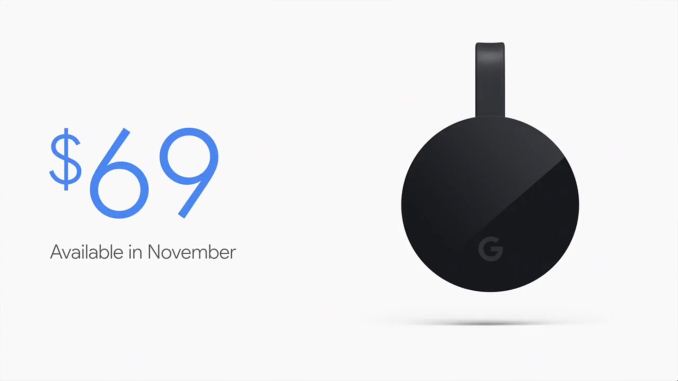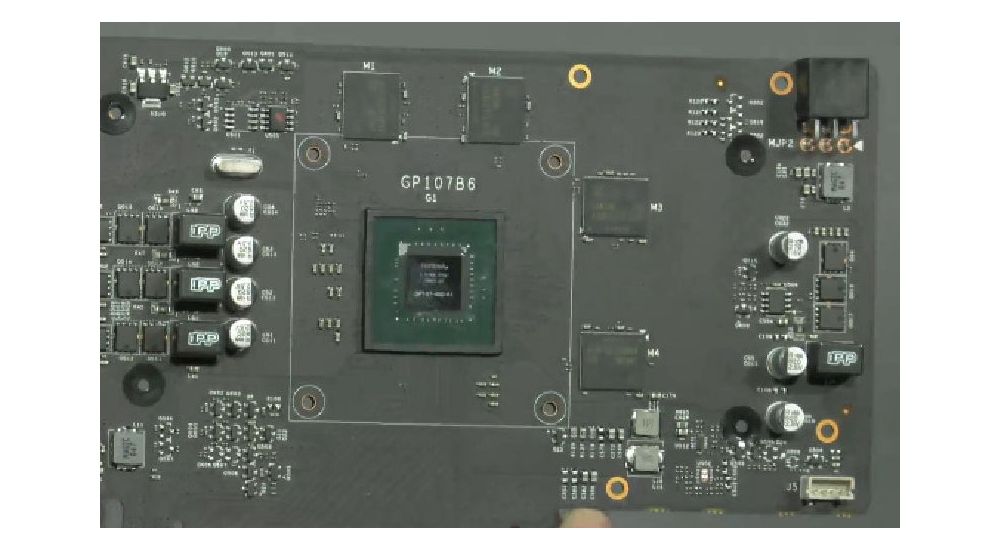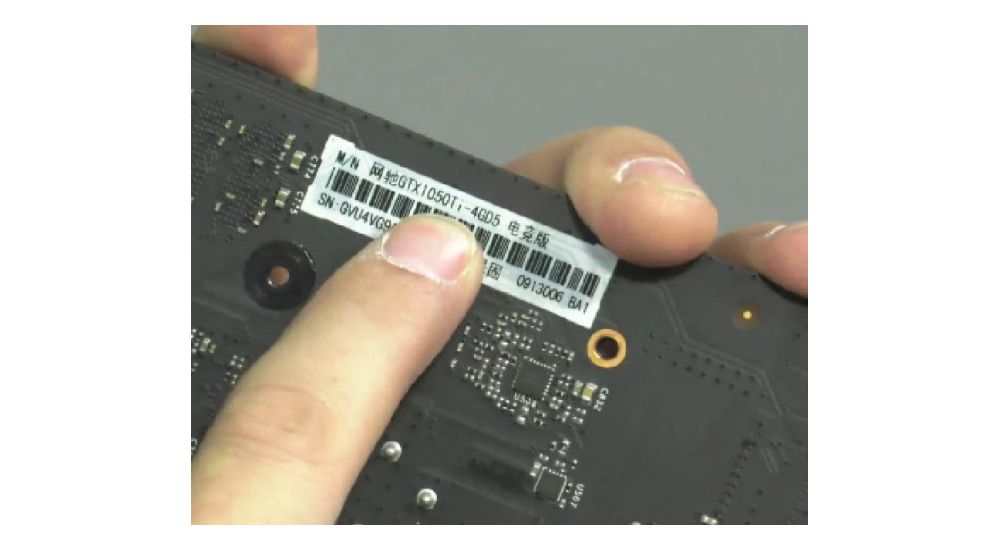
Dovrei dire che questo rumors non ci giunge inaspettato in quanto ne parliamo da mesi e proprio recentemente nei video TRENDS mettevo allerta su cosa sarebbe potuto accadere.
Certo è che sentirlo dire non come mia ipotesi personale ma come possibilità ventilata dagli uffici della stessa BCE fa venire un po’ i brividi. Non perché sono stato preveggente (c’era ben poco da prevedere, il programma BCE era noto a tutti) ma perché questo evento farebbe MOLTO paura ai mercati ed in particolar modo al NOSTRO.
Ma andiamo con ordine.
Bloomberg nel pomeriggio se ne esce con questa news.
The European Central Bank will probably gradually wind down bond purchases before the conclusion of quantitative easing, and may do so in steps of 10 billion euros ($ 11.2 billion) a month, according to euro-zone central-bank officials.
An informal consensus has built among policy makers in the past month that asset buying will have to be tapered once a decision is taken to end the program, the officials said, asking not to be identified because their deliberations are confidential. They didn’t exclude that QE could still be extended past the current end-date of March 2017 at the full pace of 80 billion euros ($ 90 billion) a month. (BBG)
Mi stropiccio una volta gli occhi e provo a rileggere. Nulla da fare, è proprio come avevo capito.
Detta in modo molto semplice, sta girando la notizia che la BCE sia pronta al tapering. Occhio, non si parla di “exit strategy” in quanto non si prevedono variazioni del bilancio BCE.
Quando ormai ci avviciniamo alla fine del QE (marzo 2017) e il mercato era in attesa di news in merito su un ipotetico rinnovo o allungamento della scadenza, la BCE avrebbe deciso di continuare con gli acquisti ma in modo decrescente, 10 miliardi Euro in meno ogni mese, arrivando quindi ad un esaurimento degli acquisti ad ottobre (sette mesi dopo).
Inutile raccontarvi che questa mossa diventerebbe molto importante dal punto di vista strategico. E’ l’inizio della fine della fase ultra-espansiva della BCE. E visti i “brillanti” risultati ottenuti fino ad ora dal QE, sarebbe anche una resa di Draghi a causa degli scadenti risultati. Certo, la continuità degli acquisti, anche se decrescenti, garantiscono sempre un buon tenore di acquisti. Ma non scordate che la speculazione arriva sempre molto prima e prende posizione anticipando le cose. Quindi, cari amici, se la cosa fosse confermata, prendete nota ed adeguatevi che il quadro di mercato, a partire da quello obbligazionario, è destinato a cambiare.
E per l’azionario? Beh, visto che il tapering non è guidato da una crescita economica sontuosa, e pur sempre con un’inflazione abbastanza limitata, il problema continueranno ad essere le banche, le quali hanno pur sempre in pancia un bel po’ di titoli di stato.
Intanto complimenti al Tesoro italiano. In questa giornata teoricamente “rivoluzionaria” è riuscita a piazzare con successo il suo titolo a 50 anni. Di certo nelle prossime settimane lo avrebbe piazzato quantomeno a condizioni peggiori.
Acquisti BCE: revolution’s coming?

Ovviamente è già arrivata la SMENTITA da parte della BCE.
La Banca centrale europea potrebbe avviare il ritiro progressivo degli acquisti di Bond prima della conclusione del programma di quantitative easing, al ritmo di 10 miliardi di euro al mese. Lo scrive l’agenzia Bloomberg, citando funzionari della Bce. Ma proprio Francoforte smentisce le indiscrezioni: “Il Consiglio direttivo – si legge in una nota – non ha discusso di questi argomenti”. (Source)
Non poteva essere altrimenti. Certo è che se veramente la BCE voleva fare il tapering, allora il rumors ha rovinato tutti i progetti di forward guidance che Mario Draghi aveva in testa. Sempre che il tapering diventi poi realtà.
Secondo me è assolutamente presto per dire SE a marzo si deciderà per il tapering. Ormai è noto che le banche centrali subiscono il mercato e si adeguano di conseguenza. E quindi molto dipenderà dalle condizioni economiche finanziarie, senza poi dimenticare che l’inflazione latita. Dite che la BCE ammetterebbe una tale cocente sconfitta senza insistere come invece hanno fatto le altre banche centrali? Molto difficile secondo me. il tapering quindi resta un’ipotesi possibile ma molto difficile, secondo me, a marzo. Possiamo solo dire che le idee le avremo più chiare strada faendo.
STAY TUNED!
Danilo DT
Questo post non è da considerare come un’offerta o una sollecitazione all’acquisto. Informati presso il tuo consulente di fiducia. Se non ce l’hai o se non ti fidi più di lui,contattami via email ([email protected]).
NB: Attenzione! Leggi il disclaimer (a scanso di equivoci!)
VN:F [1.9.20_1166]
Rating: 0.0/10 (0 votes cast)
Autore: Finanza.com Blog Network Posts
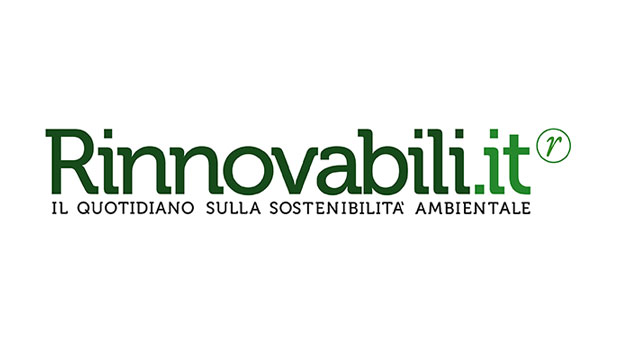 Mentre le autorità competenti stanno procedendo alla valutazione dell’impatto che la marea nera avrà sull’ecosistema marino e, eventualmente, sulla costa, la BP ha già fatto sapere che l’opzione migliore per trattare la fuoriuscita sarebbe “lasciare che il petrolio si disperda naturalmente nel mare del Nord”. Nessun accenno invece alla possibilità di mettere in piedi un qualche meccanismo di contenimento. L’incidente e la reazione della compagnia hanno scatenato le polemiche da parte delle associazioni ambientaliste.
Mentre le autorità competenti stanno procedendo alla valutazione dell’impatto che la marea nera avrà sull’ecosistema marino e, eventualmente, sulla costa, la BP ha già fatto sapere che l’opzione migliore per trattare la fuoriuscita sarebbe “lasciare che il petrolio si disperda naturalmente nel mare del Nord”. Nessun accenno invece alla possibilità di mettere in piedi un qualche meccanismo di contenimento. L’incidente e la reazione della compagnia hanno scatenato le polemiche da parte delle associazioni ambientaliste.
